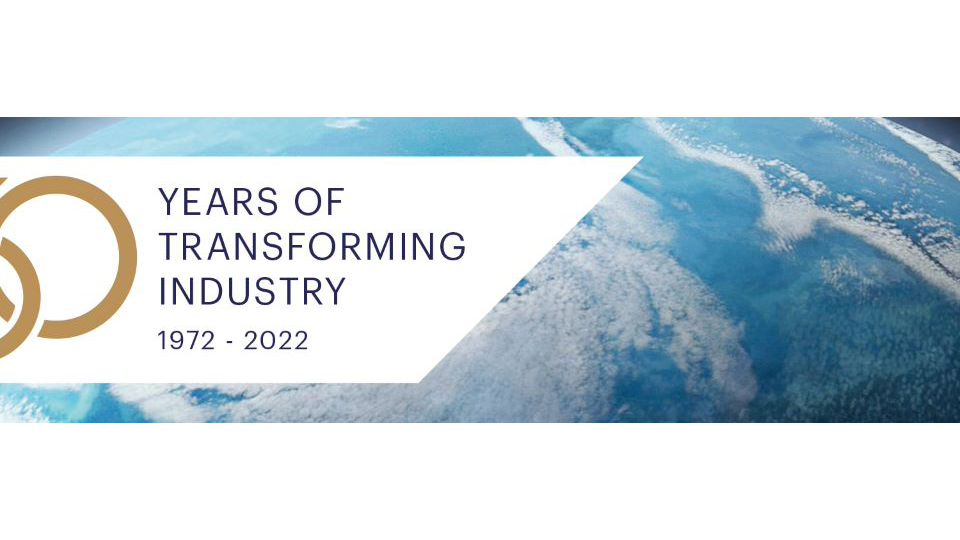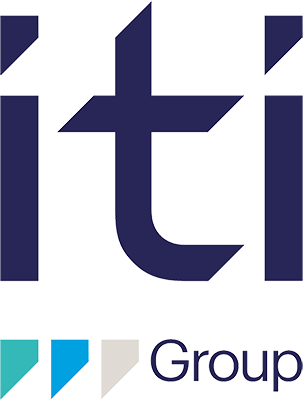50 Years of Transforming Industry

The last 50 years have seen rapid advancements in technology, taking critical infrastructure on a journey from the first automated control systems to today’s intelligent digital solutions that are transforming the world in which we live.
As ITI reaches its 50th birthday this spring, a look back at the problem-solving approach that inspired and grew the company illustrates this acceleration in technology over the last half century, and begs us to ask; what is next for the future of critical infrastructure?
In April 1972, a spark of curiosity from two engineers working in the Motherwell steel industry saw the beginnings of ITI’s initial incarnation, a company with an intention to forge new innovations in industrial technology. They called themselves Scomagg.
At a time when most industrial organisations undertook all their engineering work in-house, Scomagg was one of just a few pioneering companies to provide tech support as an outsourced service. By specialising in this way, they were able to focus on innovation, using the technology available to do things that had never been done before and bring new ideas to life.
Their electrical engineering capabilities soon earned them a reputation as ‘the clever guys’ and they quickly evolved into a solutions-based company, focusing on solving problems and investigating new technologies. Early examples ranged from using the emergence of direct digital control systems to operate a Norwegian steel works, to experimenting whether primitive (albeit high-tech at the time) microprocessors could be used to track movements. The latter of these two examples developed into an ultrasonic inspection system for fighter jet structures, which featured on BBC’s Tomorrow’s World, and later evolved into a valuable solution for the oil and gas industry, inspecting pipelines and platforms in demanding environments across the world.
It was data monitoring and analysis that presented not only the most enticing challenge to the Company, but the greatest value to customers. Innovations included the first safety interlock monitoring systems for the nuclear industry, then capturing and utilising this data to replicate plant behaviour and create data-driven testing solutions. This enabled upgrades to be proven without having to shut a plant down which had a massive impact on operational efficiencies and expenditure for the customer.
One new technological development that had captured the imagination of the oil and gas industry, was the OSIsoft PI System data historian and visualisation platform. The Company saw its potential and began investing in their software developers, building a team of more accredited engineers than any OSIsoft partner in the UK, and the foundations for becoming the real-time information experts known as ITI today.
Meanwhile, in 1977 Sheffield, a start-up by the name of Servelec was diligently providing process control and safety systems to steel manufacturers; and had made early inroads into the oil and gas industry just as the Piper Alpha Disaster struck in 1988. With the minds of oil and gas companies now focused on dramatically improving safety, Servelec quickly adapted to the needs of clients and channelled their safety prowess into seamlessly integrating the latest Emergency Shutdown (ESD) systems and Fire & Gas System (FGS) monitoring technology into the UKCS’s legacy infrastructure.
Within just a few short years, Servelec’s reputation and credentials in safety saw them delivering industrial automation solutions for the nuclear industry. At the time this meant helping Sellafield encapsulate solid intermediate level waste (ILW) into drums and concealing it in cement or underwater. Fast forward several decades, and the company’s new name, ITI, is today assisting with safety and control systems to facilitate the removal and further processing of ILW, with this historical experience aiding in delivering the precise solutions demanded by the highly regulated industry.
At the turn of the millennium, another new Sheffield-based company, SIA, had made an immediate impact in the Middle East, commissioning industrial control systems and automation software, at the same time as installing supervisory control and data acquisition (SCADA) upgrades, process control solutions, and safety systems for the UK’s major oil and gas operators. They had an adaptable, flexible approach to meeting customers’ needs, and a keen eye on any new products that came to market, adopting and training their engineers in the technologies that would have the biggest impact on customers’ operations and profitability. This independent status saw them quickly become experts in a vast range of different safety and control systems used across national infrastructure.
When Scomagg, SIA and Servelec joined forces, the combination of safety expertise and drive to innovate formed a powerhouse of technological advancement services for UK national infrastructure, which would eventually become known as ITI (Innovation Transforming Industry).
Now with the ability to create digital twins, simulation and modelling services through the acquisition of Saker Solutions, a digital future is already becoming the reality for many of ITI’s customers. This history of growth through acquisition has not only accrued a robust and interconnected portfolio of services in order to deliver end-to-end solutions, but has built a network of strategic locations, further enabling ITI to support its customers all across the UK.
As more clients look to ITI to evolve and develop digital solutions, the company is working hard behind the scenes to investigate the future of technology. The focus is on finding new ways to transform data into real world advancements; discovering which emerging technologies will enhance operations whilst delivering financial return on their investment; and upgrading infrastructure to advance new energy transition opportunities, all whilst ensuring consistency of supply during the transformation to net zero and a sustainable future.
Our Timeline of all major milestones in the company’s history can be found here.
